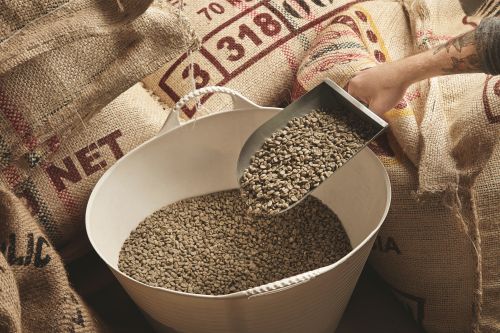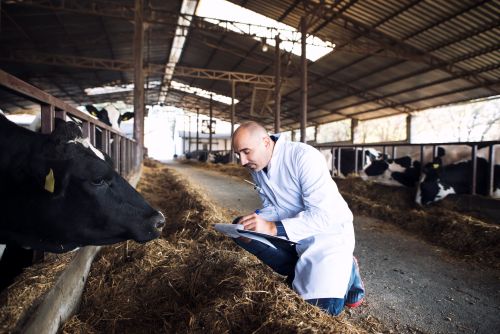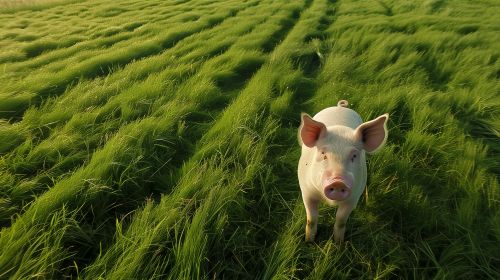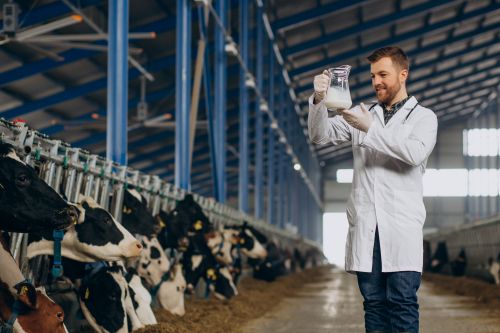920
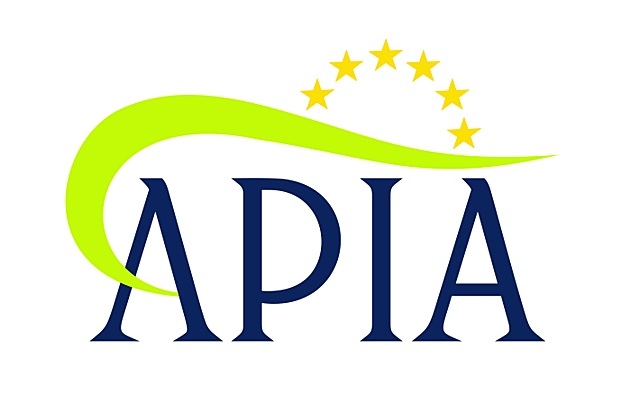
New CAP Rules After 2027: APIA Subsidies to Prioritize Small Farms, Young Farmers, and Social Equity
Starting with the new Common Agricultural Policy (CAP) that will apply after 2027, the European Commission is introducing essential changes to the way APIA subsidies are granted. The most significant proposed measure is the capping of basic income support at a maximum of €100,000 per farm, aiming to distribute EU funds more fairly across different categories of farmers.
New Rules for Per-Hectare Payments
The main form of support for farmers will remain area-based payments, but these will be granted on a degressive basis, depending on farm size and the farmer’s economic needs. Per-hectare payments will be allocated to eligible land and may be differentiated by farmer groups or geographical areas, based on objective and transparent criteria.
Member States will be required to tailor these payments according to the following priorities:
- Farmers with low agricultural incomes, identified using relevant reference periods;
- Young farmers, who will continue to receive additional per-hectare payments;
- Family farms and small-scale farmers;
- Women farmers, to promote gender equality;
- Farmers practicing mixed crop and livestock farming;
- Farmers operating in areas with natural constraints or other specific difficulties, in accordance with EU regulations.
Tailored Support Through Lump-Sum Payments
Member States will also be allowed to introduce annual lump-sum payments that may partially or fully replace per-hectare support for specific categories of farmers—especially small farms and those in disadvantaged areas. This flexibility aims to simplify access to funding and reduce administrative burdens for agricultural holdings with limited resources.
Impact on Romanian Farmers
With the implementation of the €100,000 cap per farm and the new differentiated payment rules, small-scale farmers and young agricultural entrepreneurs in Romania are expected to benefit from increased support, while large farms will see a decrease in total subsidies received. The redistribution of funds is intended to strengthen family farming, support young farmers, and promote a more sustainable and equitable agricultural sector.
The new APIA subsidy structure, set to take effect in 2028, aligns with the EU’s broader goals of social fairness and sustainability in agriculture, focusing on supporting farmer groups considered vulnerable or strategic for rural development.
